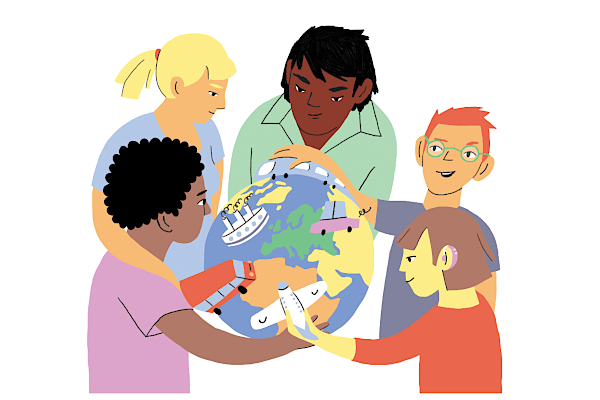Educational toolkits to help fight gender stereotypes: for primary and for secondary school

Stereotypical expectations based on socially fixed norms for boys and girls are a root cause of gender inequality. They affect self-perception, well-being and the ways we interact with others, and have a strong influence on how individuals participate in education and training, as well as in the world of work. Addressing gender stereotypes throughout the education cycle is key to enabling children to have equal opportunities independent of their gender. Moreover, it can reduce gender imbalances in other spheres of life, including home and work.
Teachers, educators, school leaders and counsellors can use these toolkits to organise discussions and activities. These toolkits provide an opportunity for children to explore unknown or unconventional career options, and thus to challenge gender stereotypes inside and outside the classroom. An educational environment that is free of gender stereotypes provides a firm foundation for children to grow freely and develop their unique interests and talents.
The toolkits employ active learning methodologies that place learners at the centre of their own learning. The activities provide a context that stimulates reflection and dialogue, in which learners have the opportunity to question and confront their stereotypical thinking and biases, both as a group and as individuals.
These toolkits and the resources within them can be easily applied across the curriculum and offer multiple opportunities for interdisciplinarity.
The toolkit is available for download in 24 different languages.
- Age group: 6-7, 14-15
- Subjects: All
- Published by: European Commission
- Year: 2021
- Languages available: 24 languages
- View online:
Additional information
-
Age from:6
-
Age to:15
-
Target audience ISCED:Primary education (ISCED 1)Lower secondary education (ISCED 2)Upper secondary education (ISCED 3)
